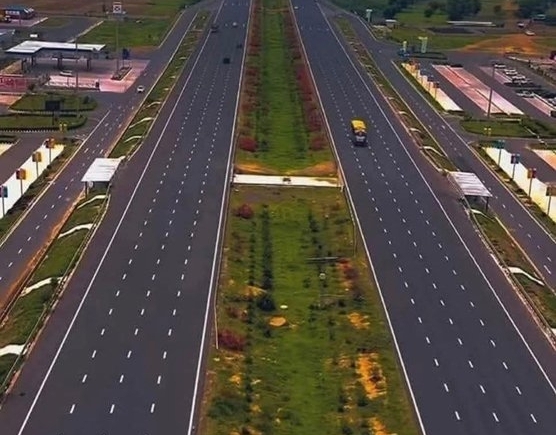For the first time, rains are expected to spread across the whole country this coming week with northern Kenya, which has been parched for the last three years, being a major beneficiary.
Director of Meteorological Services Dr David Gikungu said the rains are partly driven by the record-breaking Cyclone Freddy, which recently battered Mozambique and Malawi.
Gikungu said the cyclone will dump rainfall mostly in Western Kenya.
Some hard-packed dry ground won't be able to absorb all the rain, resulting in run-off and flash floods.
“Isolated storms are expected over some parts of the Highlands East and West of Rift Valley, the Lake Victoria Basin, the South and Central Rift Valley, the Southeastern lowlands, Northeastern and Northwestern Kenya,” he said.
Gikungu said Marsabit, Mandera, Wajir, Garissa, Isiolo, Turkana and Samburu counties should expect rains throughout this coming week.
“This will mark the onset of the March-April-May long rains season over the mentioned areas as earlier predicted,” Dr Gikungu said.
Regional weather monitoring institutions have also warned governments in East Africa to prepare for floods and possible humanitarian aid in northern Kenya.
“For next week, a gradual increase in rainfall activities is predicted. Significant rainfall amount is predicted in southern Ethiopia and northern Kenya, which had been severely dry since the last October-November-December season,” the US National Oceanic and Atmospheric Administration said.
It publishes outlooks to guide the humanitarian groups.
It said there might also be emergencies as a result of local populations being displaced by the floods.
However, the rains may reduce the flow of refugees from Somalia and South Sudan into Kenya.
The UN refugee agency UNHCR said the population of Dadaab had swollen to more than 320,000 refugees last month, because of new arrivals.
“UNHCR and its partners are struggling to provide much-needed assistance including water, food, health care and other vital services to the most vulnerable, including children who are among the hardest hit,” the agency said in a statement.
More than 180,000 refugees from Somalia and South Sudan have so far crossed into drought-affected areas of Kenya and Ethiopia.
Since last month, the agency has been appealing for US$137 million to aid to 3.3 million refugees and internally displaced people in the Horn of Africa region.
“As drought and insecurity persist in 2023, humanitarian needs are also expected to rise,” UNHCR said.
The ongoing rains are also a reprieve as wildlife has been suffering from drought, the Kenya Wildlife Service said.
Iconic species such as elephants, rhinos, lions, giraffes, Grevy’s zebra, and hirola antlope were at risk with some wildlife dying as a result of drought ravaging the country.
KWS acting director general Erustus Kanga on Thursday said the rains have given the animals some relief.
“We have some rains pounding various parts of the country coming as a relief. Nairobi National Park for instance will be up and running. We believe the rains have gone south to Amboseli. We will assess the impacts of the rains,” Kanga said on phone.
He said the rains come with challenges.
The weather man in the latest forecast said rainfall is expected over the highlands East and West of Rift Valley, the Lake Victoria Basin, South and Central Rift Valley and Northwestern Kenya as well as some parts of Northeastern Kenya.
The forecasts that were released on Wednesday applying until March 20 said isolated storms are expected over some areas.
This comes as a relief to both human and wildlife after the country experienced five failed rainy seasons.












